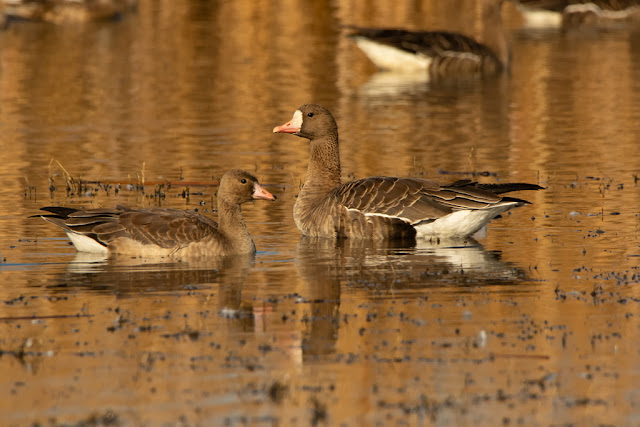











 All images were created with a Canon EOS 7D MkII camera. The two lenses used were a Canon 100-400IS V.1 lens and a Tamron 150- 600mm G2 lens. #teamcanonusa, #withmytamron
All images were created with a Canon EOS 7D MkII camera. The two lenses used were a Canon 100-400IS V.1 lens and a Tamron 150- 600mm G2 lens. #teamcanonusa, #withmytamron
This blog is a "Blogs of Note" It was chosen by the Blogger Team at Google as being Interesting and noteworthy. It is a once a week look at what I photograph. Please check out my new book on Amazon. "Secrets of Backyard Bird Photography". It is available in hardbound as well as an ebook. http://www.amazon.com/Secrets-Backyard-Photography-Chris-Hansen/dp/1937538559 It would make a great gift for a birder or photographer that you know or just buy it for yourself!












 All images were created with a Canon EOS 7D MkII camera. The two lenses used were a Canon 100-400IS V.1 lens and a Tamron 150- 600mm G2 lens. #teamcanonusa, #withmytamron
All images were created with a Canon EOS 7D MkII camera. The two lenses used were a Canon 100-400IS V.1 lens and a Tamron 150- 600mm G2 lens. #teamcanonusa, #withmytamron





 All of the above images were created with a Canon EOS 7D MKII camera and a Canon 100-400 IS USM V.1 lens. Fill flash was provided by a Canon 550EX Speedlight. #teamcanonusa
All of the above images were created with a Canon EOS 7D MKII camera and a Canon 100-400 IS USM V.1 lens. Fill flash was provided by a Canon 550EX Speedlight. #teamcanonusa

 Both of the images were created with a Canon 7D MKII camera and a Canon 100-400 IS V. 1 lens. Fill flash was provided by a Canon 550EX Speedlight. #teamcanon, #teamcanonusa
Both of the images were created with a Canon 7D MKII camera and a Canon 100-400 IS V. 1 lens. Fill flash was provided by a Canon 550EX Speedlight. #teamcanon, #teamcanonusa
 God's love and blessings to all, chris
God's love and blessings to all, chris





 All images were created with a Canon EOS 7D MkII camera and a Canon 100-400IS V.1 lens.The camera settings varied. #teamcanonusa, #teamcanon God's love and blessings to all, chris
All images were created with a Canon EOS 7D MkII camera and a Canon 100-400IS V.1 lens.The camera settings varied. #teamcanonusa, #teamcanon God's love and blessings to all, chris